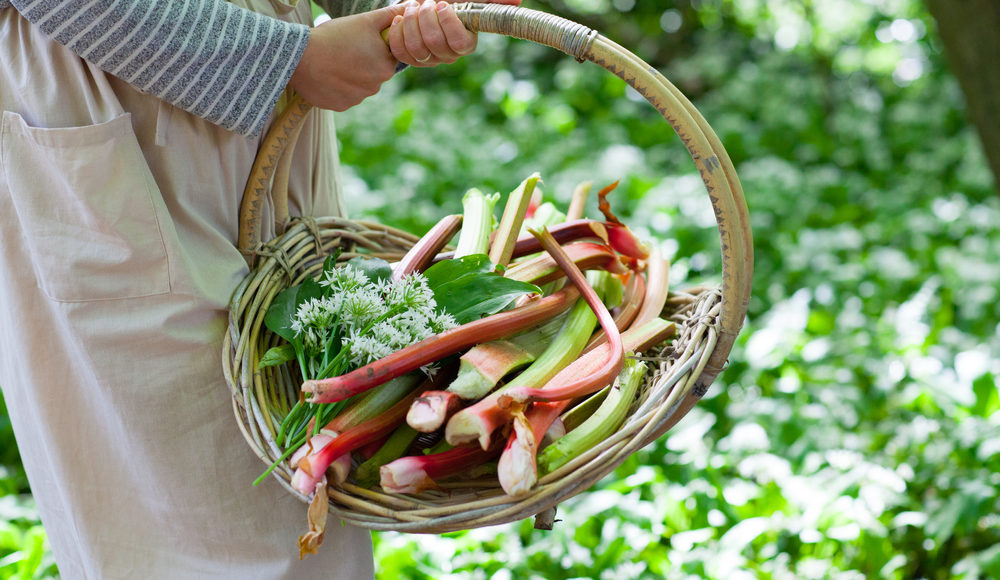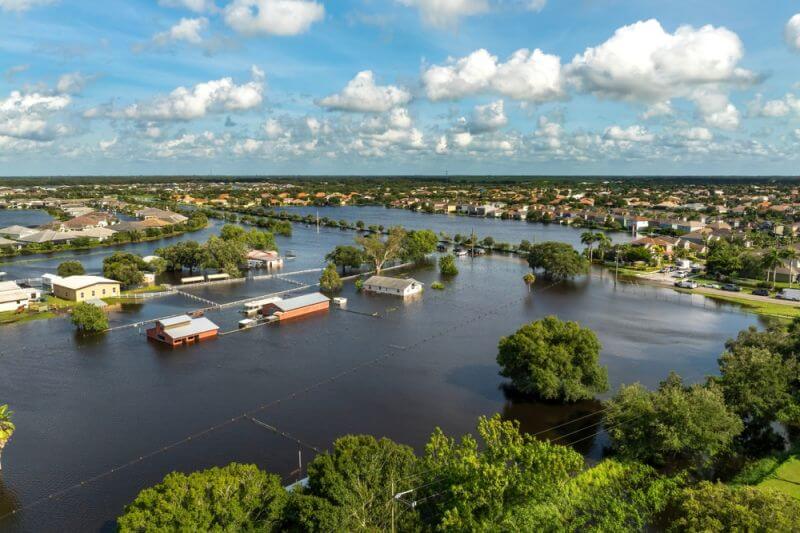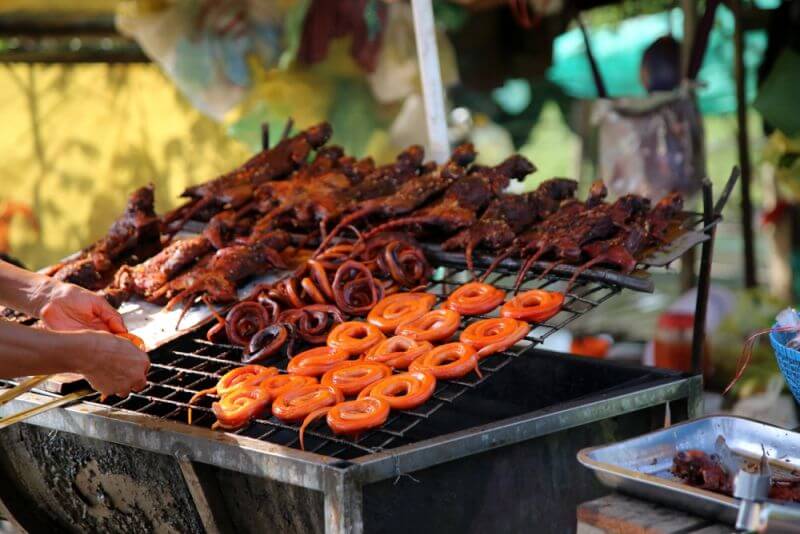Long before today, foraging didn’t mean buying food at local grocery stores or markets but implied hunting for food in the wild. However, people still are willing to buy vegetables and fruit grown at farms vs. those produced synthetically as they have more use, vitamins, and nutrition.
What is foraging?
Foraging is not an outdated activity as it may seem to be. Foraging entails looking for and gathering wild food like berries, mushrooms, vegetables, fruit, greenery in the wild areas created by nature. This is an entirely free way of getting food and a great way to feel and connect with nature. Food gathered in such a way is considered full of nutrients and benefits for health, much more than food from stores.
Foraging is not only about food collection, but it is also an excellent method to take your time, have a rest, and meditate, watching the beautiful nature at that moment. This activity resolves the problem like “who can write my research paper related to foraging nowadays” as you easily do it yourself experiencing a new hobby.
Many older people have dedicated several years of their lives to foraging, sharing this experience with their kids and grandchildren.
This activity is entirely seasonal, and people mostly go foraging in spring and autumn – harvest time for many cultures.
During the past several years, foraging has been gaining momentum and becoming more and more popular among people of different ages. This tendency is simple – modern people want to be healthy and eat more clean products whether they are grown or collected on their own.
However, foraging requires thorough attention in selecting the fruits as the variety is huge, and it is quite easy to make a mistake.
Further in this article, we would like to describe the common kinds of edibles you can meet in the local forests, how to recognize them and collect the most helpful food for you and your close ones.
Common edibles
If you are a newbie in foraging, we recommend starting from the local area near your home or town.
BLACKBERRIES
Blackberry is a wild berry that can be found in wild areas. It is a berry of a back color that looks similar to the raspberry but tastes slightly different – more juicy and sour. There are also some similar kinds of berries that you find in forests that can be toxic, so you should pick the blackberries very attentively. Blackberries are helpful for health as they contain many vitamin C and nutrients. The berry loves dark places but warm climates, so spring and summer are the best periods for foraging of blackberries.
NASTURTIUM
Nasturtium is a widespread herb that grows in many areas despite the climate and weather changes. It looks like small red, yellow, or orange small flowers that taste spicy close to a simple black pepper. It grows not only in wide nature but in farms, gardens, and public parks. Nasturtium is full of vitamins in its seeds and leaves as well.
PINE NUTS
Pine nuts are one of the most expensive and nutritious kinds of nuts. However, if you go foraging, you can get these nuts entirely for free. Pine nuts are tiny, so it becomes a real challenge to gather them in a particular amount. If we talk about real foraging where people have to survive in wild nature, then pine nuts will be an award in the searches that will give them energy. This nut grows inside the pinecones, making the searches a little easier.
ROSEHIPS
Rose hips are widely used for eating and home medicine if somebody catches the flu. Rose hips have a special sour and tart taste bringing so many uses and vitamins to the organism. It is not always easy to find rose hips, but if you do, you should collect all of them for eating, making jam, or healthy tea reserves for wintertime. The dried rose hips have the same specter of vitamins as the fresh berries, so you can surely save some.
PRICKLY PEAR CACTUS
AS you may cactus, cactuses excellently grow in dry areas, mostly in desserts, but not all are edible. Prickly pear cactus suits eating after peeling its skin and thorns as for any other cactus. It is related to fruit and tastes very fresh and juicy. Some prickly pear cactuses have so much juice that they can easily be used as a drink.
MOREL
Morel is a seasonal mushroom that you can find only in the warm springtime. Many foragers are willing to see this kind of mushroom as it is very delicious and rare as only a few foragers are lucky enough to find morels in the wild nature. However, it is vital to learn how the real morel looks as there is a false morel that looks similar to the real one but is toxic and dangerous for people’s health.
AMARANTH
We used to think that amaranth is one of the cereals we eat regularly. But do you know what it looks like? Amaranth is a long-bread pink flower that grows mainly in mild climates. These flowers contain numerous tiny seeds that look like cereals. Amaranth is a very nutritious and beneficial plant, no matter if it is raw or cooked. Additionally, the leaves of this plant are also edible and can be added to salads, for example.
CHICKWEED
Chickweed is small white flowers that look similar to little chamomiles. This kind of edibles grows literally in all areas like forests, gardens, parks, along the roads, and so on. The cold weather is preferable for chickweed, so you can easily find the blooming flowers in the middle of winter.
DANDELION
We all love collecting dandelions in the early spring for bouquets or spinning a crown. They grow in so many places – near your house, in public parks, in the local forests, and wild nature as well. However, a few people know that dandelions are edible and can become an excellent harvest for foragers. Of course, it is not as nutritional as nuts, but also it is capable of filling with vitamins and energy for the rest of the day. It is advisable to choose the young sorts as they taste sweeter than the old ones. Dandelions can also be added to homemade salads to bring new tastes to them.
CHICKEN OF THE WOODS
Chicken of the woods is a mushroom that grows mainly in forests right on the bushes and trees. These mushrooms can easily be found due to their orange color, which is commonly different from the tree colors. As you may, there are numerous poisoned kinds of mushrooms in forests that look alike. So you should adequately learn how they look and smell. Moreover, we recommend washing and boiling\frying them properly to avoid getting toxic chemicals.
Common tips that will enhance your foraging skill
Considering the most popular edibles you can meet in the different areas starting from your garden to wild forests, we would like to sum up and provide you with helpful foraging tips that will make this activity an absolute pleasure for you:
- learn more about the toxic plants than about edibles not to make a mistake that can have a negative impact on your health or even a threat to your life; all this information you find on the web or in thematic books\magazines, and also Google all the edible we have mentioned in this post;
- if you are foraging in the specifically created areas for this activity, consider all signs near the plant you are going to collect as such area can also contain dangerous kinds of plants to train your skill;
- if you are collecting in the wild area, you need to ensure that there are no chemicals sprayed in there by local farmers as even edible kinds can become toxic;
- when foraging, think of nature more, do not ruin and tread the territories you are feeding in;
- develop your skills by watching related videos and reading experiences of high-level foragers, the variety of local edibles can grow, so you should be aware of all of them;
- if you are a beginner, we would advise starting from the garden near your house and then expanding the area for foraging and considering the private property.
In conclusion
Foraging helps people of all ages to keep an active and healthy lifestyle by picking the fresh berries, fruit, vegetables, and other edibles growing in your area. Although, if you are a newbie in foraging, we recommend taking a guide from the experienced foragers and asking them to accompany you for the first several times. It is essential to constantly refresh your knowledge and develop the skill to become a true forager. In addition, you don’t need to think about how topay someone to write my paper as you can do your own research when foraging.










doc holiday | December 24, 2021
|
Please quit showing your”wokeness” by referring to climate change.